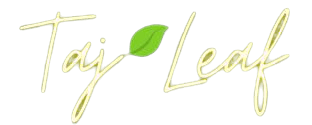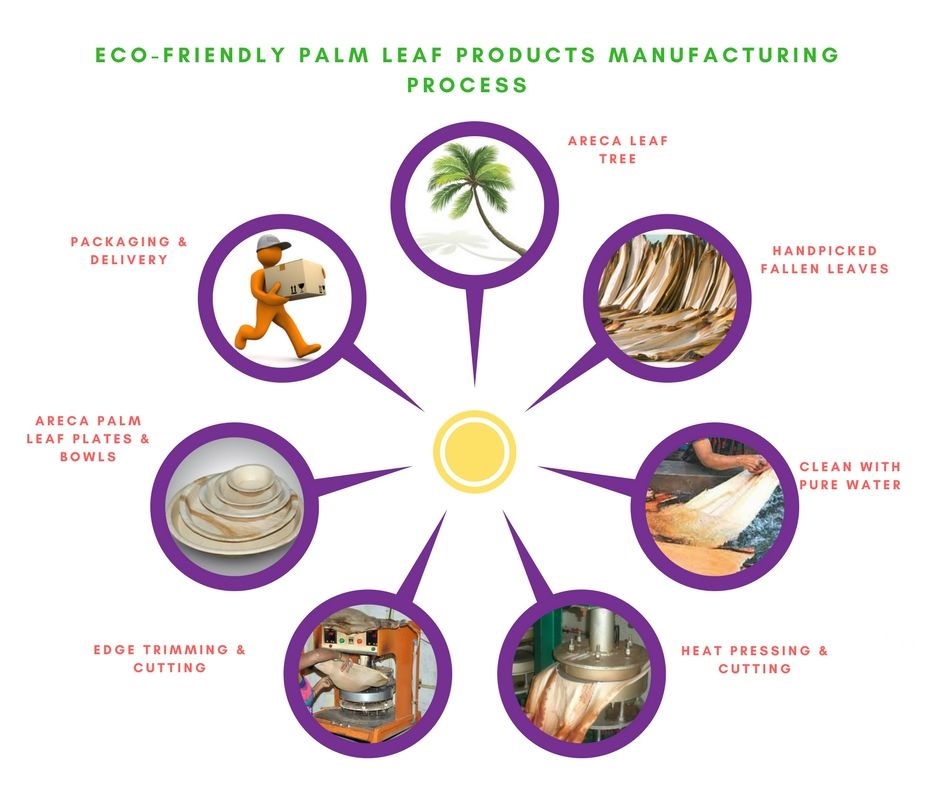Collecting raw material
In recent years the areca sheaths have gained significant importance and have obtained commercial value. Farmers collect the sheaths, separate the sheath from the leaf and send it to the areca leaf plate manufacturer.
Drying the areca sheath
The areca leaf merchant dries the sheaths to remove the moisture in it to avoid molds / fungus on the sheaths, they ensure it is adequately dried. Because of this reason, there is a shortage of raw materials in the rainy season. Sheaths are then tied in bundles of 25 and sent to the areca leaf plates manufacturer.
Cleaning the areca sheath
In the factory, workers will soak the areca sheaths in the fresh water for 20 minutes. Using a soft brush, they then gently scrub the sheath to remove dust and the sand particles. The next step is to drain the water in the sheath after draining the water, the sheath is pressed in the areca leaf plate mascing machine.
About the areca leaf plate mascing machinne
The arecanut plate mascing machine is the only machine you will need to masce the palm leaf plates. The leaf plate mascing consists of two pressing heads upper and lower.
Pressing the plate
We then place the areca sheath between the hot pressing heads and tightly press them against each other and thus the sheaths get the shape of the plate.
Waste sheaths
After pressing the sheath into plates, the remain portions the sheath are considered agro waste. This waste sheath can be shredded into powder and can be used as animad fodder.
Grading the areca leaf plates
After pressing the areca sheath into a plate, the next step is to grade the palm leaf plate manually. Then we clean on the plate surface to remove all the dirt and dust from the plates.
Packing
Before final packing, we test the plates using UV light - this process helps to remove the microbe growth on the plate surface. Then these ready areca palm plates reach the packing section where we pack them in shrink wrap, the later in and send it to our customers.

